How to Fertilize Chili Peppers: Our Method – Sembrar100
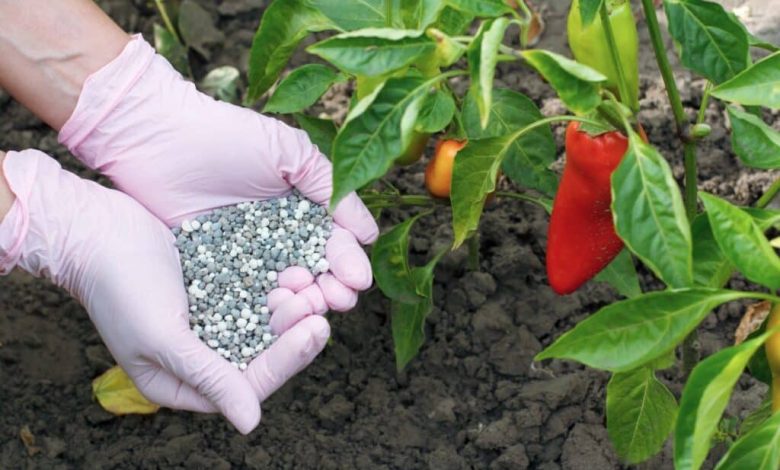
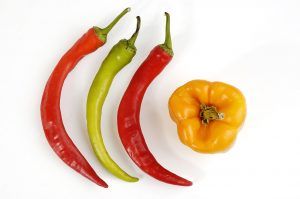 The chilli is one of the most controversial vegetables to season meals in the world: either you love it or you hate it.
The chilli is one of the most controversial vegetables to season meals in the world: either you love it or you hate it.
Thanks to its spicy flavor, it is capable of offering a mixture of flavors that awaken the palate, making you perceive everything with greater depth.
If you have a plant planted in your garden, congratulations, it is most likely that you are looking forward to the day you harvest your harvest and start using it in the kitchen.
And the infallible method to achieve the best results is as simple as using a fertilizer system for chillies that is really favorable for them. Let’s see what they are?
Why is it important to pay the chillies?
The aphids. We can combat them with garlic and chillies, it is worth paying them because it helps the production of the fruits to be of more and better quality. That is, it will give you more fruits. And this is important when you want to preserve the good characteristics of a specific plant whose production you have already proven to be valuable.
If you have planted your chilli for a few days, fertilizing it at an early age will help it take advantage of the resources to grow vigorously. That means that you will have the opportunity to enjoy a productive cycle a little earlier than that of other plants that were not paid.
Regarding the issue of health, having sufficient nutritional resources will be key to dealing with pests or diseases that want to harm it. Especially on summer days that coincide with the productive stages, as this is when more harmful agents look for a place to nest.
How often should we pay the chillies?
You will not need to dedicate a lot of time and effort to this task because with a subscription every 5 weeks it will be more than enough. And it will not even be throughout the year, but must occupy the warm months, such as spring and summer.
This point is even more important when you already notice that the plant begins its flowering phase.
What nutrients do chillies need?
The elemental nutrients for chillies are potassium (K), nitrogen (N), and phosphorus (P).Each of them will be required by the plant to a greater or lesser extent, depending on the stage in which it is.
During the development and structure formation phase, nitrogen is the most important. While at the arrival of the flowering and fruit set stage, potassium and phosphorus will be the ones that will do best.
Don’t neglect micronutrients because you don’t need them in large quantities, but a deficit of any of them can be the difference between a good harvest and one with regular characteristics.
What kind of fertilizers do chillies need?
It is very important to pay attention to the type of fertilizer that you are going to use in this species of plant because, being for human consumption, they must have an organic origin.This does not necessarily imply that they should be made at home, if you do not have time or it is not part of the activities you like to do.
In the market it is possible to find prefabricated organic fertilizers that you can access without major inconveniences. For example, manure is sold in bags and you can find guano in a liquid version. There are also fertilizers in a powder version to facilitate use in certain scenarios.
How do we prepare fertilizer for chillies?
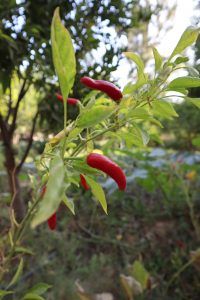 The preparation will respond to the type of fertilizer you plan to use, since it will be variable if it is an indoor plant or an outdoor plant.
The preparation will respond to the type of fertilizer you plan to use, since it will be variable if it is an indoor plant or an outdoor plant.
For indoor plants, the best option is liquid fertilizers that will allow you to supply the correct amount of fertilizer and that the plant can absorb it quickly.
These fertilizers are concentrated from the factory and you will have to lower them by mixing them with water. Take into account the manufacturer’s recommendations so that the contribution is just what is necessary and does not affect your plant due to excesses or deficiencies in nutrients.
In the case of outdoor plants, you can use the other product versions because the conditions allow their use. To apply homemade compost, lay down an average of a handful per plant and spread it over the surface.
If you use powdered fertilizers, you will follow the same scheme. In both cases, apply irrigation after the fertilizer so that the nutrients penetrate the soil and the roots can take advantage of them.
How do we detect if the chillies need fertilizer?
Chili peppers have the good property of being highly resistant plants, so problems due to lack of fertilizer will hardly be noticeable in their structure. What will surely cause you discomfort is to collect a poor harvest and that it does not keep the quality conditions that you would have wanted.
But this will be a later issue that you will not be able to deal with to correct, so it is better not to risk it. If anything, houseplants are likely to be the most compromised because they have nowhere to get more nutrients from.
If you notice the yellow leaves and the plant with a low level of vigor, it may be asking you for food to continue its processes. When you notice poor flowering, you may also have to act on nutrients, even if it may not increase the number of flowers.
Always consider the stage of life in which the plant is to provide the amount and type of nutrient that is most feasible. The fertilizer for chillies is a care that will offer you very positive results in the matter of harvesting fruits.
You have made an excellent decision by including it in your home garden because it is a resistant plant that adapts well to interiors or exteriors. In addition, it will give you very few headaches and rather you will get invaluable rewards for your life as a grower.
And, when it comes to cooking with them, surely you won’t even remember all the problems that could have arisen when you were planning the fertilizers, right?
Bibliographic references
- Agronomic response of pepper cultivation (Capsicum annum) with the application of foliar and edaphic organic fertilizers, RA Arias Montes – 2016 – repository.utc.edu.ec
- Evaluation of soil fertility based on enzymatic activity in organic and conventional cultivation of pepper (Capsicum sp.), CL Aguilar Medina – 2017 – riunet.upv.es
- Nutrition in two pepper hybrids (Capsicum annum) with three planting densities, HS Huacón Burgos – 2011 – repository.uteq.edu.ec
- Four substrates and three doses of nutrient solutions in the cultivation of paprika (Capsicum annuum L. Var. Morrón) under fitotoldo conditions K’ayra–Cusco, G Cusipuma Palomino – 2020 – repository.unsaac.edu.pe
- Evaluation of biofertilizers in the cultivation of pepper (Capsicum annuum L.) with different doses in the Mocache area, JS Rivera Figueroa – 2016 – repository.uteq.edu.ec

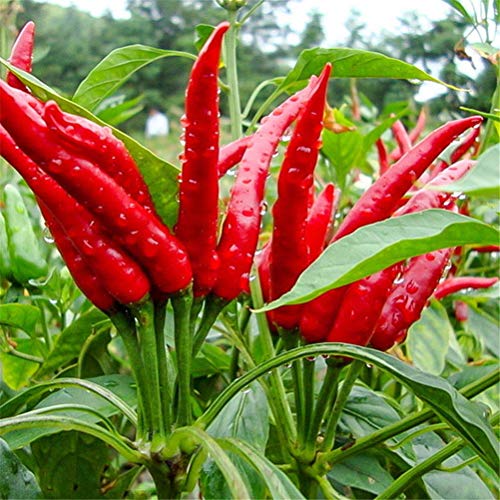
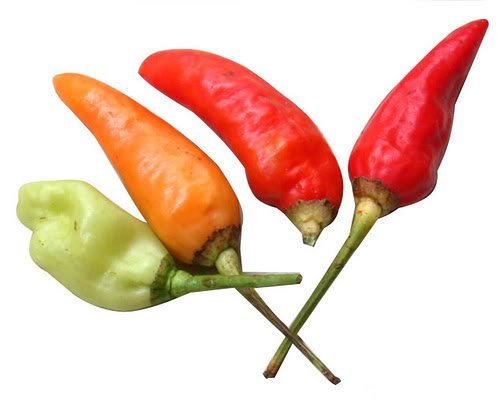
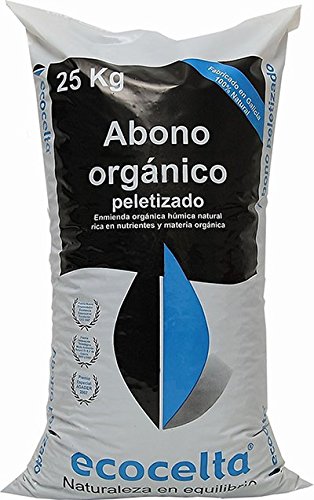
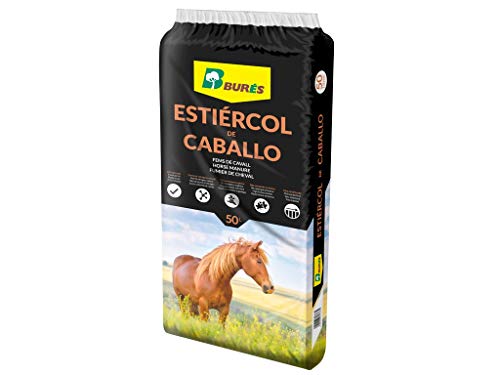
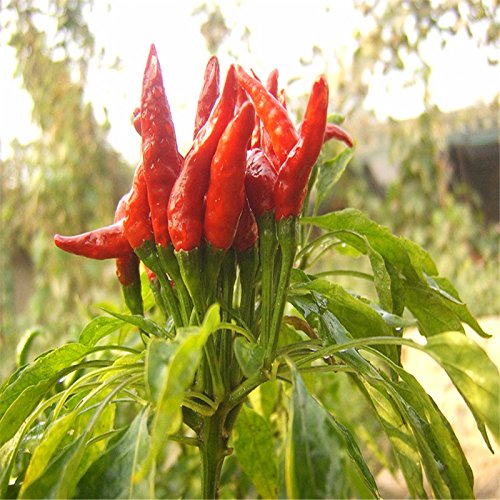
![Photo of Clavelina Cuttings: [Concept, Period, Rooting and Planting]](https://www.complete-gardening.com/wp-content/uploads/2022/08/clavelina-cuttings-concept-period-rooting-and-planting-390x220.png)


![Photo of Potato Beetle: [Identification, Elimination and Prevention]](https://www.complete-gardening.com/wp-content/uploads/2022/08/potato-beetle-identification-elimination-and-prevention-390x220.jpg)